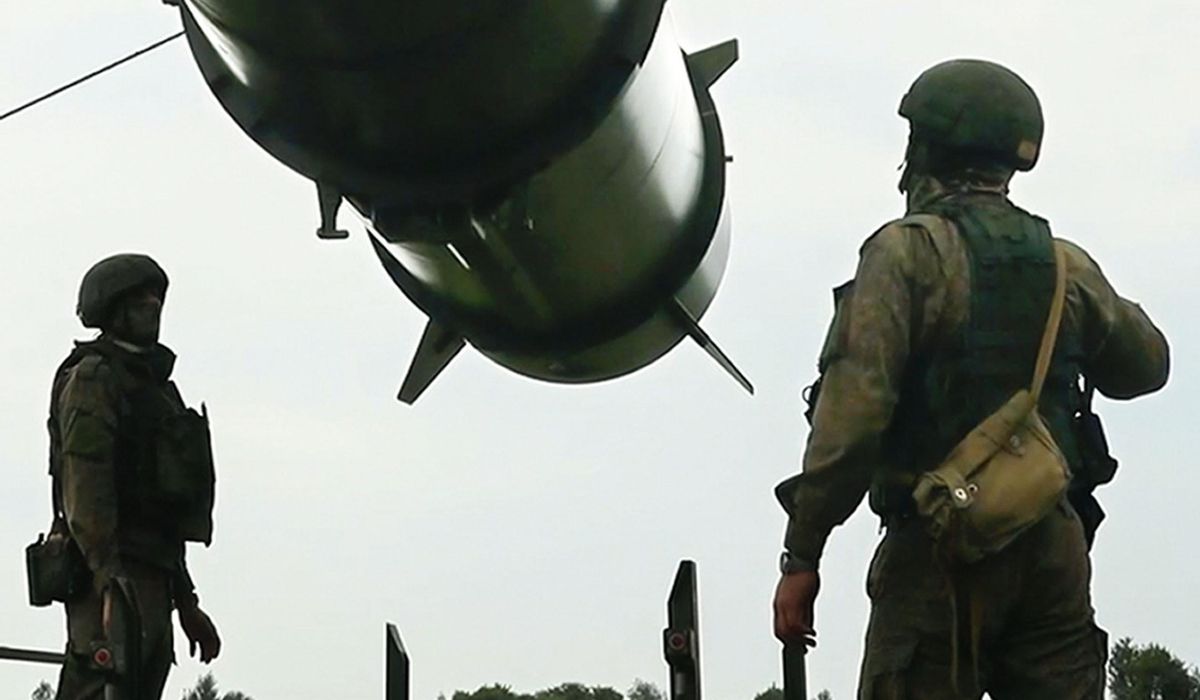


The United States faces increasingly constrained options as its adversaries rapidly expand their nuclear arsenals, according to defense experts and officials monitoring global proliferation trends. Here’s what you need to know about this shifting strategic landscape:
The proliferation challenge
America’s nuclear competitors are advancing rapidly:
China’s nuclear buildup
The most significant expansion comes from Beijing:
America’s aging infrastructure
U.S. nuclear capabilities face significant challenges:
Strategic implications
The changing nuclear landscape creates new dilemmas:
Arms control limitations
Diplomatic options facing significant constraints:
Congressional debate
Capitol Hill divided on appropriate response:
Military perspectives
Defense officials emphasize several key points:
What happens next
Several key developments are anticipated:
The shifting nuclear landscape presents one of the most significant national security challenges facing the United States, with implications for global stability, defense planning, and international relations that extend well beyond traditional security frameworks.
Read more:
• U.S. options limited as adversaries expand nuclear arsenals
This article is written with the assistance of generative artificial intelligence based solely on Washington Times original reporting and wire services. For more information, please read our AI policy or contact Ann Wog, Managing Editor for Digital, at awog@washingtontimes.com
The Washington Times AI Ethics Newsroom Committee can be reached at aispotlight@washingtontimes.com.
